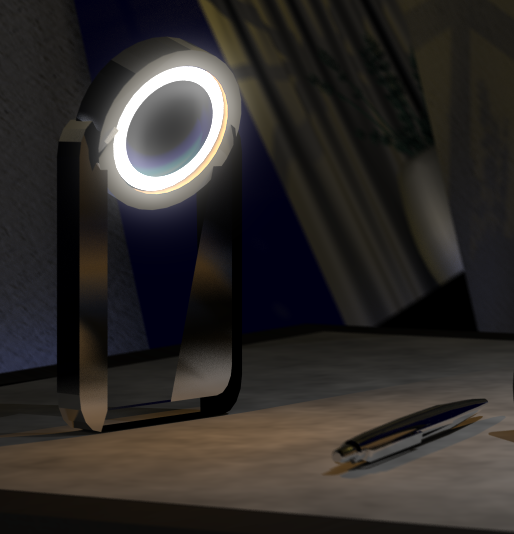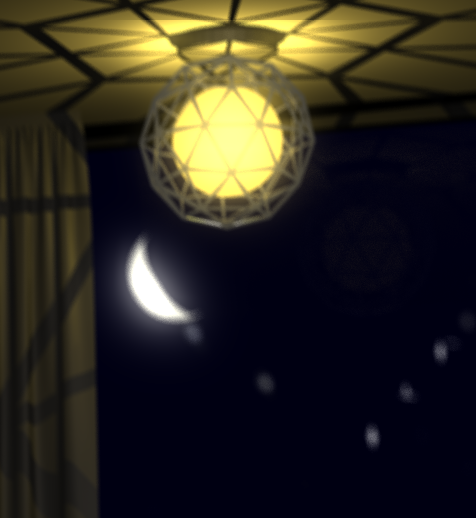Idea
- We decided to keep our scene simple and derived inspiration from things we saw in
our neighbourhood. To maximize the features of our ray tracing engine, we experimented a lot and arrived at a
hopefully good scene.
- We used Blender to model our scene. Some of the objects in the scene were hand modelled as well.
- We highlight the major features used in the scene here.
- Disclaimer: It is a night scene and hence is better in night time!!
Implementation
The Basics
Features
Post Processing
















